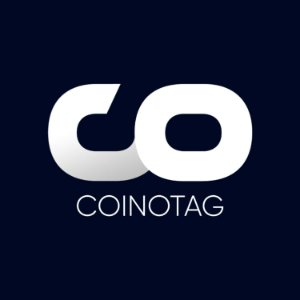Spicy Projects #18: Camino Network
3 min read
What is Camino Network? Camino Network is a decentralized Layer 1 blockchain tailored for travel – an industry where payments are slow, integrations are painful, and fees drain billions every year. Instead of just promising real-world use cases, Camino is the use case: its infrastructure is already being used by over 230 travel brands for bookings, ticketing, payments, loyalty, and cross-border operations. From Lufthansa to SIXT to Miles & More, industry giants are not just using Camino – they’re helping govern it. Built by Chain4Travel and launched in 2023, Camino is the foundation for TravelFi – a new era of borderless, transparent, and efficient travel services powered by blockchain. A strong partner in this ecosystem, Monerium launched its EURe stablecoin on Camino, further enhancing the platform’s utility and trust. Built for the Real World Traditional travel operations bleed ~3% on payment fees alone. Camino Network cuts that to near-zero – and adds instant finality, smart contract automation, and decentralized data access. This isn’t experimental. Camino has already: Processed 2M+ live transactions Onboarded 100+ validators Connected 230+ businesses with blockchain infrastructure Gone live with real-world assets like tickets and bookings Camino isn’t about NFTs or memecoins. It’s about replacing decades-old travel rails with Web3-native efficiency. The Ecosystem: Powered by CAM At the heart of Camino Network is the $CAM token – used for everything from paying transaction fees to rewarding network participants. Gas & Settlement – All transactions on Camino are paid in CAM Validator Rewards – CAM secures the network through Proof-of-Stake & Authority (PoSA) Governance – Validators and CAM holders shape the future of TravelFi As the token went public in Q4 2024, it will fuel the expansion of tokenized travel products across the ecosystem. Use Cases Taking Off Camino is already hosting live products and travel apps that solve long-standing pain points. A few examples: Lufthansa – Tokenizing sustainable airline fuel (SAF) credits and distributing flights via Camino Messenger Sleap.io – The first fully Web3-powered online travel agency Freshcells – Building dynamic, blockchain-native trip configurators Hoteltrader – Reinventing hotel inventory distribution Camino Messenger – A decentralized communication protocol for B2B travel And more coming – all running on a live chain with real-world usage. Tech Stack & Standards Camino is built on EVM-compatible architecture with: Integrated KYC/KYB Smart contract tooling for travel-specific apps Interoperability with major wallets and developer tools Auditability and compliance features designed for enterprise The result: a blockchain that feels like Web2 – but with Web3 transparency, speed, and cost-efficiency. Why Camino Matters Most blockchains build tech and wait for adoption. Camino started with adoption and built the tech around it. It’s the first L1 where: Validators are actual enterprises, not just node operators RWAs are standard, not speculative Use cases are live, not theoretical Camino isn’t for traders. It’s for builders – and for the 1.3 billion people who fly, stay, rent, and book every year. What’s Next? Q4 2024 – Public listing of the CAM token 2025 – Scaling to 500+ connected businesses Continued launch of tokenized services across loyalty, identity, payments, and carbon tracking Deepening validator governance and ecosystem funding This isn’t a pitch. It’s a roadmap already in motion – and backed by names that already move the travel economy. Fun Fact When AWS went down in 2024 and froze travel apps worldwide, Camino kept processing. Why? No third-party hosting. Every transaction and booking was fully on-chain – and unstoppable. Camino Network isn’t promising to change the world someday. It’s already changing how the world moves. Welcome to the Layer 1 where planes, hotels, and tickets live on-chain.

Source: Coinpaprika






